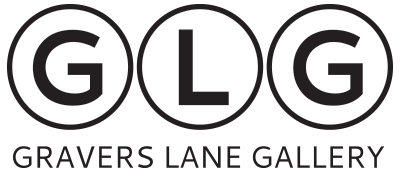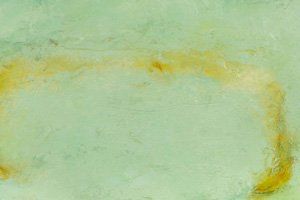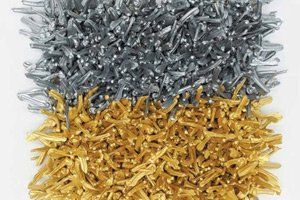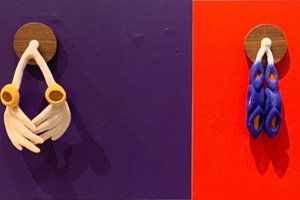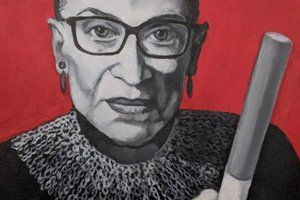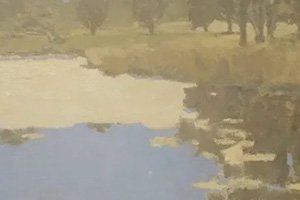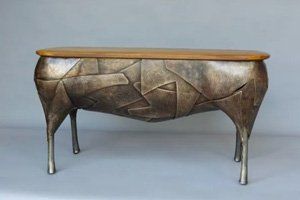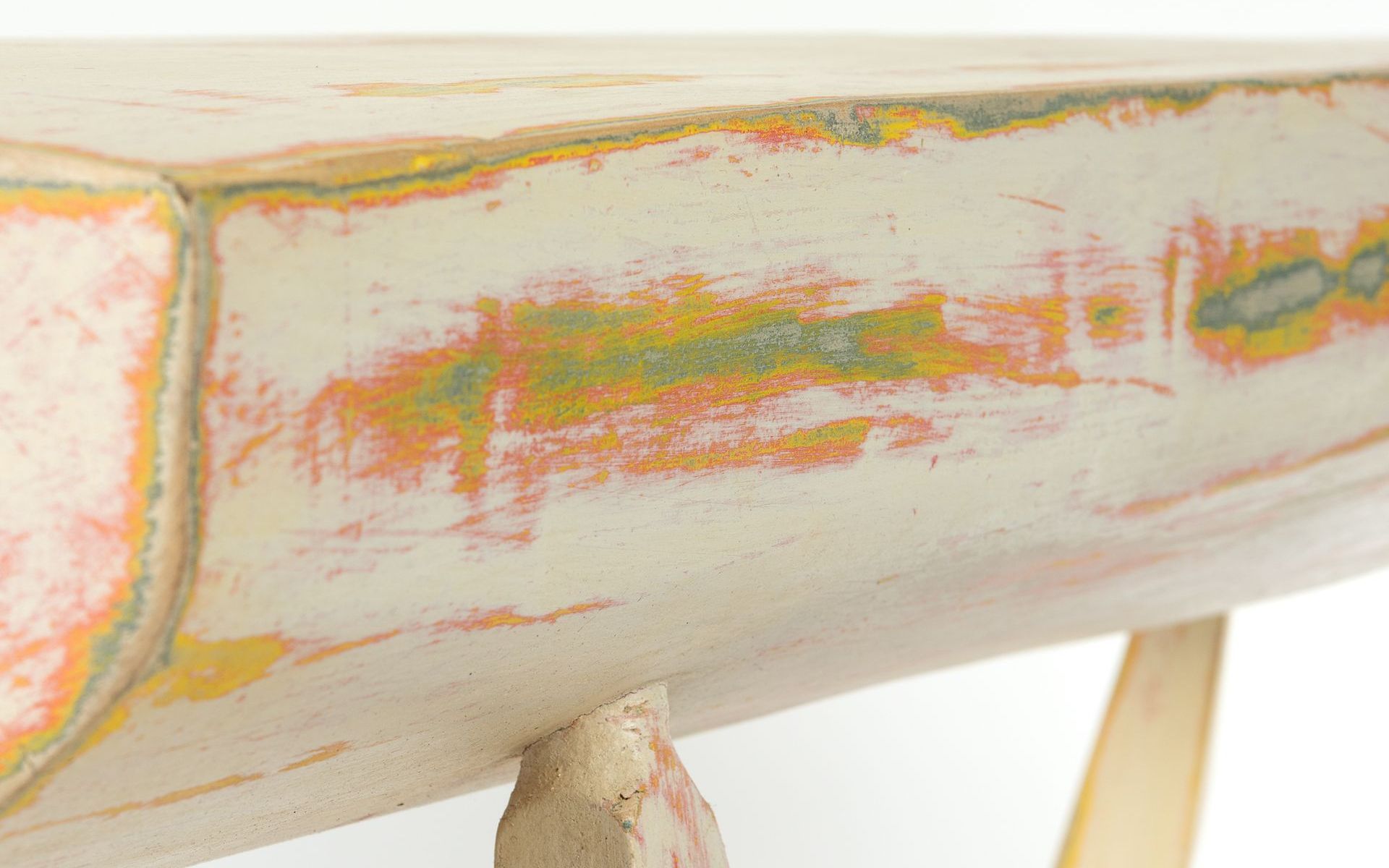
Bright House
Ellie Richards
March 27 - May 8, 2025
Receptions:
Opening reception: April 4 | 5-8pm
Artist Talk: April 4 | 6:30pm
First Friday Reception: May 2 | 5-8pm
Bright House invites visitors into a vibrant and imaginative world where art and function converge. Richards’ collection blurs the boundaries between sculpture and utility, showcasing an eclectic array of furniture, lamps, sculptures, and bold home décor. Bright House showcases a collection of works that intervene the conventional experience of utility with imaginative takes on form, color, and concept. This dynamic body of work presents colorful, inventive designs that spark joy and conversation. From textural wall hangings to uniquely crafted lounge chairs, and sculptural lamps that light up not just spaces but also imaginations, Bright House is a celebration of creativity, craftsmanship, and the intersection of form and concept.
About The Artist
Ellie Richards is a furniture designer and sculptor who explores the interplay between furniture, domestic objects, and their role in fostering meaningful connections between people and their environments. Her work blends the traditions of woodworking and the readymade, to create eclectic assemblages, installations, and objects. Through her work, Ellie explores the intersection of labor, leisure, community, and culture. She has traveled extensively to investigate the role play and improvisation have on the artistic process.
Richards has exhibited her work, both furniture and sculpture, at prestigious venues including the Mint Museum, the Center for Craft, Creativity, and Design, SOFA Chicago, and the Society of Contemporary Craft. Her accolades include Windgate residencies at the Center for Art in Wood, San Diego State University, and the University of Wisconsin-Madison, as well as a three-year residency at the renowned Penland School of Craft. She currently resides and works in Los Angeles, CA.
Artist Statement
Chores, playtime, boredom, busyness, work; I use the cultural phenomena behind these topics to provide a familiar way to subvert expectation and establish new ways of perceiving the known, the repetitive, the banal. The specificity of these behaviors and their associative material language carries layered narrative in its historic and sociographic origin, this encyclopedic source serves as a foundation for interpretation. I invest time studying tools and toys from eras present and past; I look closely at domestic spaces, abandoned buildings, construction sites, and the merging grounds where indoor becomes outdoor. I notice cycles of maintenance, the recourse from chaos to order, and the intricacies of the mundane. These observations and experiences serve as an initial prompt in how I communicate new messages through furniture, assemblage, installation, and sculpture, this time, encoded with the psychological intersections of seriousness and spontaneity.
The Latin phrase Ludere est contemplari as discussed in James Schall's On the Seriousness of Human Behavior creates an effective framework for my creative practice. It was the Greek philosophers who initiated the dialogue in search of a deeper understanding of how work (serious matters) and play (activities of leisure) fit into life. Ludere est contemplari translates “ to play is to contemplate”. For Aristotle, the interesting thing about play was that it was unnecessary, this freedom, from always performing for a particular result, is what made acts of play noble and what he considered one of the highest activities a person could engage in.
How work and play are understood is dependent upon an individual’s experience. I have come to define work and play as a specific mental state that is heightened in my studio practice as I prod functional objects and sculpture in wood. I am looking for ways to interweave these disparate attitudes: work often associated with seriousness and play with freedom and frivolity, and to flesh out the idea of “to play is to contemplate”. I continually pair structure, stability, and systems with intuition, improvisation, and spontaneity. The effort to meld play with its counterpart while making physical objects is a touchstone in my process and continues to provide new and fruitful spaces for contemplation and meditation.
My approach takes the basic opposing forces of seriousness and spontaneity to examine the relationships between found materials intermingles, fabricated forms, and painterly surfaces. Using this malleable cast of characters to magnify the relationship humans have to their personal spaces and surrounding built environments, my own sense of play comes to light. Raw construction sites not yet inhabited by interior decor or defined by function serve as a backdrop to look more closely at the psychology of place making and however thoughtfully or thoughtlessly our environments shift around us. A child uses block play to simulate an innate need to build and understand form, while at the same time their caregivers may tend to the environment around them by cleaning, creating order, and making new and more efficient spatial arrangements. It is my observation that both young and mature mind seem to take pleasure in the fluidity of a changing space and by engaging with the simple objects they are surrounded by. The nuances of this cycle between chaos and order are at the core of my awareness and relationship to making.
James Schall asks,
"What do you 'do' when all else is ‘done’ ? ” .
When you are free from tasks of work, what acts of play do you engage in ? Studying and collecting found materials, making and arranging new forms (functional or not), and using color for expression are my forms of play, it is what I do even when all else is
not
done. As an artist, I recognize freedom of expression as both a privilege and a responsibility, it is my belief that intentional acts of play, improvisation, and risk taking are necessary for contemplation which leads to constructive growth and new levels of discovery.
